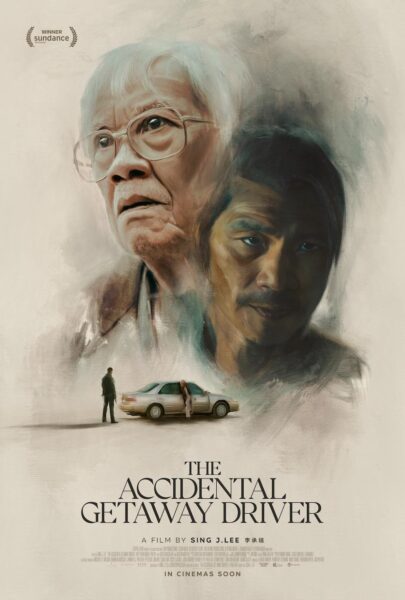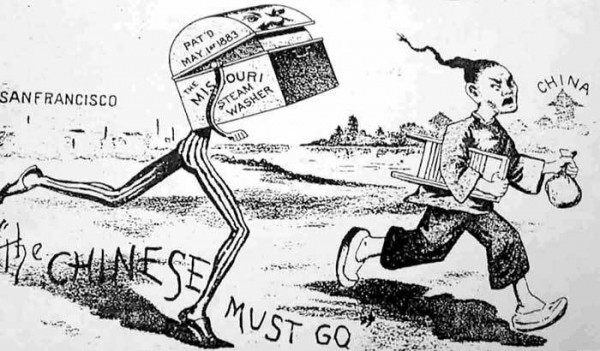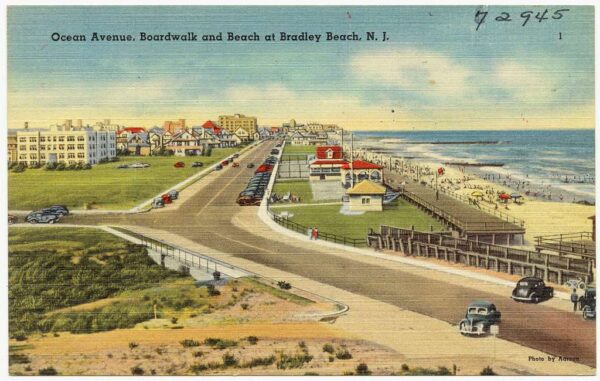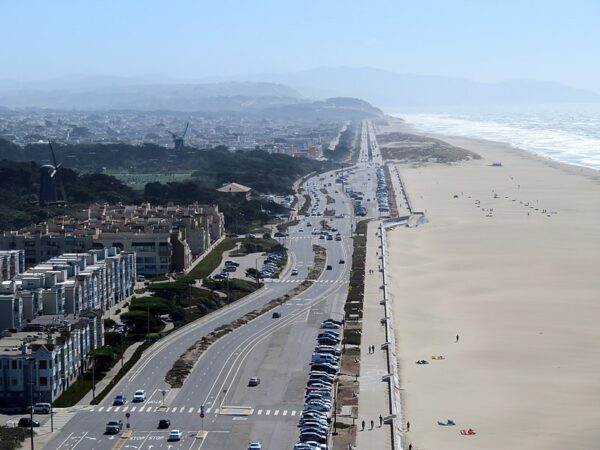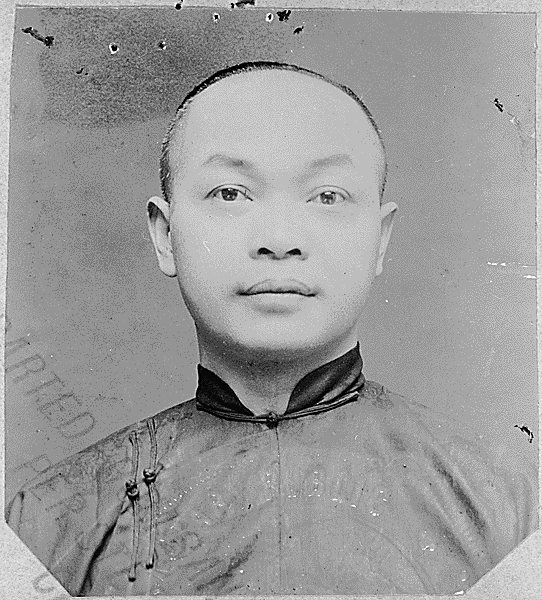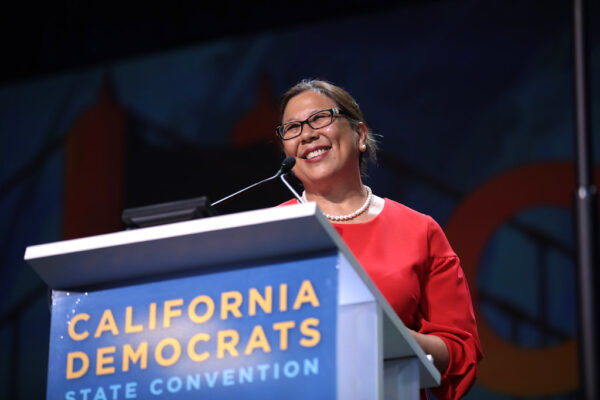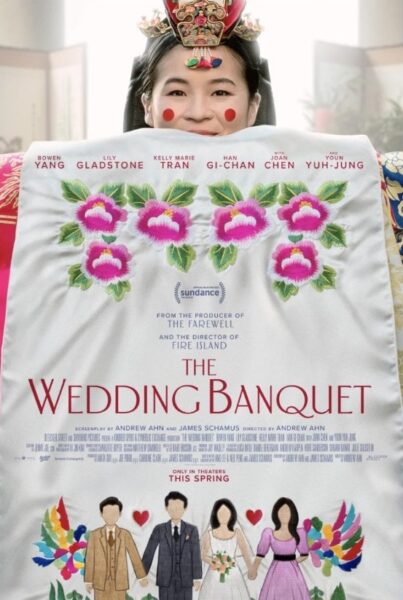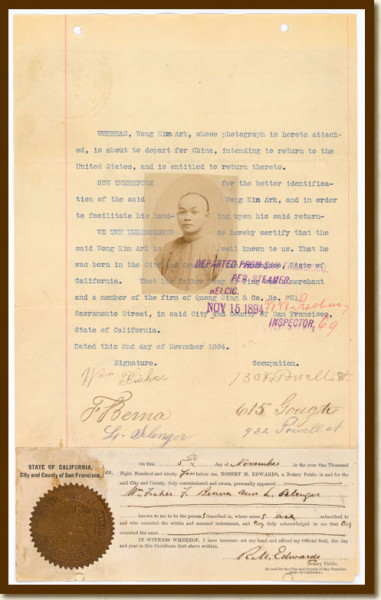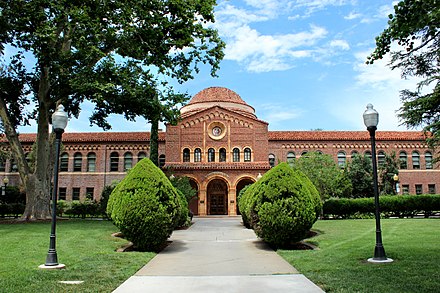
Prestige: it’s what every high school graduate wants when picking a college to go to, and it is especially true for Asian students. Being Asian myself, I am no stranger to the pressure put on students to attend a high ranking university, as bogus as those rankings may be. I ended up not getting into any of the UCs or T30s I applied to and instead went to a decently respectable public school in another state–a story shared by many of my peers who weren’t able to land a spot in one of the “good UCs” or instate private schools. The culture surrounding the visage of prestige and accomplishment ran deep in my school, with everyone vigorously competing to get into Berkeley or USC or Stanford, and those failing to do so either quietly settling down at a “mid-tier UC”, or shying away from any conversations about plans for universities. The culture was silly to me, just by asking people you could tell whether or not they went to a prestigious school based on the volume of their responses–you didn’t even need to hear their words to know that they went to a CalState or community college if they mumbled their response. Students who went to better schools would do the usual appraisal of their decisions to go to a “lesser university”, but in all honesty, going to a CalState shouldn’t lead someone to feel shame about their choice; rather, students–especially Asian students–should feel proud of going to a university that emphasizes teaching over research, class size over competition, and choosing a school that works best for you rather than a school that looks good to others.
It is undeniable that Asian students are generally averse to the idea of going to a CalState, based on the official student enrollment data, Asian students only make up 16% of the entire enrollment demographic, compared to 33% at the UC system. Reasons for this can be attributed to the lack of doctoral programs offered at the CSU system, which prevents them from being ranked amongst other R1 research universities, as well as the persistent stigma of being for rejects or lower achieving students as a result of the high acceptance rates of most campuses. The first factor is far more influential than it should be; rankings aren’t the end-all-be-all of how a student will succeed during and after college, and the ranking methods are quite shady themselves and are very much prone to biases. The CSU system wasn’t established as a place to conduct research either, all of them being strictly R2 universities with limited doctoral programs, which inhibits their rankings; but if you are not going to pursue a doctorate, it is hard to see why this would matter in the first place.
The second factor, high acceptance rates, is a consequence of the original intention for the CSU system to accept the top 33% of students, in comparison to the UCs mission of accepting the top 12.5% This leads to a positive feedback loop where more and more students apply and enroll in UCs under the belief that they are more prestigious, causing acceptance rates to plummet as UCs struggle to accommodate more students. In addition, the huge disparity in funding has furthered this belief–UCLA’s budget alone ($7.5 billion in 2019) was greater than the entire CSU system combined ($7.2 billion)–though this can be explained by the huge research expenditures that UCLA, among other UCs, undertake. The association between acceptance rate and prestige is misguided, schools accept more or less students simply based on the capacity of their school and yield rate; schools that can’t accommodate many students and have a high yield rate will simply accept fewer students–a lesson UCI learned the hard way. Rankings and acceptance rates don’t encapsulate the full picture of a university’s capabilities of providing its students with the skills and resources necessary to succeed.
Instead of focusing on arbitrary ratings or enrollment balancing techniques, a modest proposal for prospective students would be to look at indicators of post-graduation success such as alumni earnings, after all, the point of going to a university is to aid in upward mobility. On this front, the CSU system is able to go toe-to-toe with the UC system: using data from official UC and CSU analytics, we can see that non-transfer students who graduate with a 4 year degree in all majors have similar average earnings in the first few years after graduating. UC alumni tend to have much higher average earnings by 15 years, however, with an average salary of $180k compared to CSU graduates’ $125k. One important thing to note when judging the difference in earnings is the cost of tuition when getting a degree; the Institute for College Access & Success found in 2020 that UC tuition was generally twice as expensive as CSU tuition–an important factor to keep in mind when planning on graduating with no student debt.
Some specific majors to focus on include engineering, business, and political science. When comparing the UC system to the Cal Polys, which consists of 3 campuses in the CSU system that emphasize STEM education through a “learning by doing” philosophy, the Cal Poly average is $156,000 a year after 15 years, and the UC average is only slightly higher at $183k. If one were to compare Cal Poly SLO, the reputed best of the Cal Polys and CSU system, the average of $189k is higher than the UC average–a key indicator of quality education. Business and nursing share a similar story; when comparing the 7 best CSUs for business (Chico, Northridge, SD, SJ, SLO, San Marcos, and Sonoma) with the UC system, CSU alumni make around $130,000 after 15 years, while UC alumnus make $155,000 over the same time period–and that’s including the prestigious Haas School of Business at UC Berkeley, which is consistently ranked top 10 in the US across multiple rankings. The best CSU schools for political science (Pomona, San Jose, SLO) average at around $120k after 15 years, just under the UC average of $140k.
The affordability of the CSUs is not to be overlooked, especially considering their earnings in comparison to the UC system which is twice as expensive to attend. As a result of this, the ROI of CSUs is neck in neck with UC schools, with CSU Maritime being the best public college in California for return on investment, followed by UC Berkeley and Cal Poly SLO, which itself is followed by UCSD, Irvine, Los Angeles, and Davis. Judging by outcome, the difference between CSUs and UCs is not substantial enough to warrant a feeling of shame when attending a CalState. What matters more than the name of a university is how well that university fits you, and depending on what you’re planning to study and what you plan to do after undergrad, sometimes a CSU school might be better than a UC. Just for reference, the 15 year mean earnings for a computer science bachelor degree at Cal Poly SLO is $290k, just under UCLA’s 15 year mean of $309k while being half the price.
I would strongly recommend that Asian American high schoolers in California closely examine the benefits of going to a CSU. Despite the stigma surrounding the CSU system, each and every one of California’s public universities is set up to help you succeed if you put in the effort. Going to a CalState isn’t synonymous with failure, and going to UC Berkeley doesn’t mean automatic success either. Sometimes, less is more, and this is especially true considering the low cost of tuition at CSUs.
(Photo Credit: Frank Schulenburg licensed under the Creative Commons Attribution-Share Alike 3.0 Unported License)


